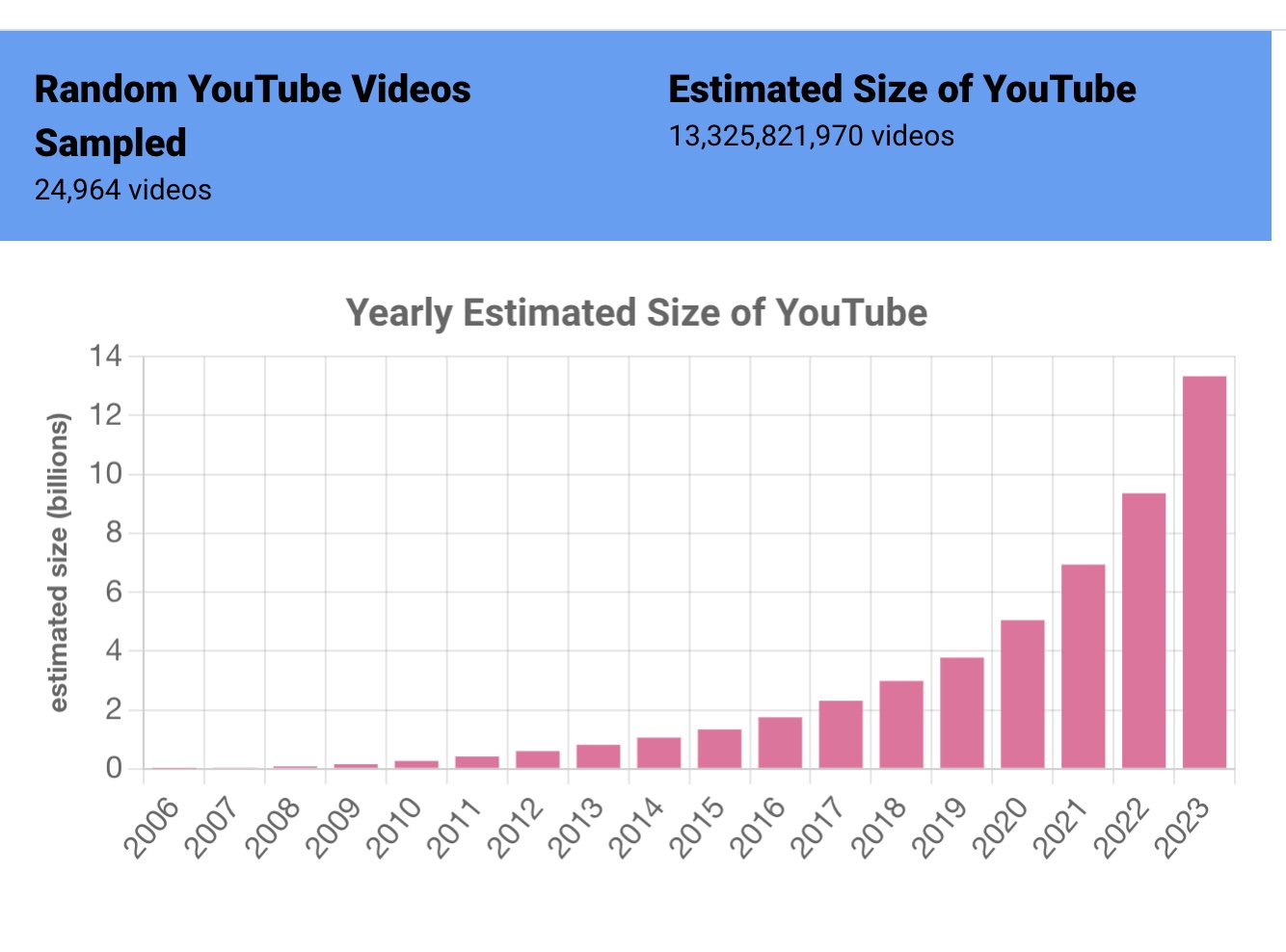I wonder how many people came to
Wisenheimer, Custard’s third album, after hearing the opening single, Apartment, and were somewhat disappointed? This is the feeling that I get from Lachlan J’s review:
So, my verdict is that Custard’s Wisenheimer is a pretty good album. It’s not great and it doesn’t really capture my imagination in any significant way, but it is quite a bit of fun to let play while I’m driving about the town or doing the housework. It has some rather good tracks on it and it has quite a few rather average tracks, but it doesn’t really have any bad tracks, which is a nice upside. The song-writing is decent and the musicians are competent, but it’s really nothing to write home about, and the scope of music is comfortably broad, but nothing particularly challenging or intriguing. Really this album is just a nicely comfortable piece of work. It doesn’t break any boundaries, but it’s good enough.
Source: Wisenheimer – Custard by Lachlan J
This is something that the band’s manager, Dave Brown, touches on in Andrew Stafford’s Pig City, arguing that Apartment was released too early:
Custard had met keyboard player and producer Eric Feldman while touring in support of another of McCormack’s heroes, former Pixie Frank Black. Feldman had a long list of credits and contacts, and Frank Black himself had been impressed enough by Custard to loan McCormack three of his guitars for the recording of what was to become Wisenheimer. If the album lacked its predecessor’s rambling charm, it also contained some brilliant material (the woozy, beautiful art-rock of Columbus is perhaps Custard’s greatest moment).
The obvious standout, Apartment, was the first single. It was a disappointing choice for Dave Brown, who reasoned that by leading with their best punch, excellent follow-up singles such as Lucky Star and Sunset Strip were rendered anti-climactic after the album’s release in late 1995. Dave Brown:
It’s always my bitch that they released Apartment at the wrong time, and that was the difference between Wisenheimer being a successful album versus a really successful album. It was the first single and it was too good for that, without a doubt in the world. It should have been released second or third; I think that gets proven every time.
Source: Pig City by Andrew Stafford
Comparing the album with Wahooti Fandango, I kept on thinking that having one producer for the whole album, Eric Drew Feldman, made it more consistent, but I feel that is possibly in the ear of the beholder. Maybe, Wisenheimer is less contrasting than Wahooti Fandango, but each track still jumps around between genres, whether it be the angular rock guitar one minute with GooFinder, to leaning back into the country origins with Leisuremaster. There are also strange interludes and extras, such as the saxophone led jam of Cut Lunch or the the excerpt about gold at the end of I Love Television that reminded me of Jim Carey’s monologues on The Weeknd’s Dawn FM.
With the length of tracks, I feel that you never really get to settle as a listener. Even the slower tracks fly on by. Or maybe like a box of Roses chocolates, this is an album for those who just like eating chocolates, no matter the flavour, but would possibly frustrate those who just like this flavour or that. I wonder this maybe what Damian Cowell was touching upon when he spoke about Custard and anchovies. All in all, it was one of those albums that really benefited from multiple plays.
On a side note, the one thing that I am left intrigued by is how they presented this tapestry of sounds live? The sound often contrasts between a wall of sound and more subtle sounds. When I saw McCormick live playing acoustically, it felt like the tracks were chosen because they fitted the bill, with the only track that felt like it did not fit was Girls, but nobody cared. However, thinking about it now, I wonder if McCormick / Custard could in fact play a number of different sets that would cater for different audiences? I have searched YouTube in the vain hope of finding an old concert, but all I can find is them performing Apartment.



